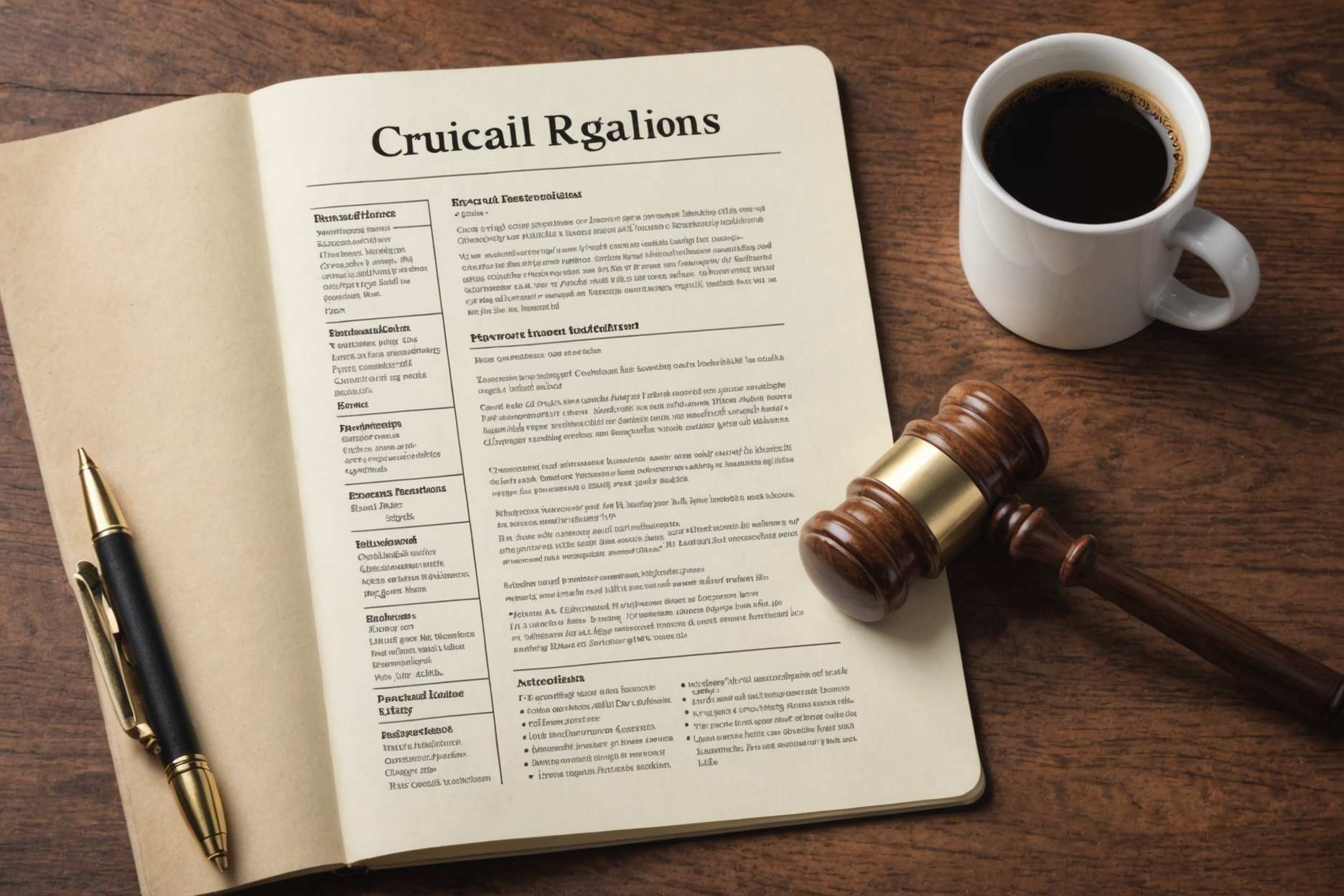
When you buy through links on our articles, Future and its syndication partners may earn a commission.

Europe's Ariane 6 heavy-lift rocket took to the skies for the fourth time ever today (Nov. 4).
An Ariane 6 lifted off from Europe's Spaceport in Kourou, French Guiana today at 4:02 p.m. EST (2102 GMT; 6:02 p.m. local time in Kourou), carrying the Sentinel-1D Earth-observation satellite to low Earth orbit (LEO).
The Ariane 6 deployed Sentinel-1D about 33.5 minutes after liftoff today as planned, at an altitude of 440 miles (708 kilometers).

The Ariane 6 is the successor to the Ariane 5, which retired in July 2023 after 27 years of service. The new rocket debuted with a checkered July 2024 test flight, then followed that up with two fully successful operational launches, in March and August of this year.
Ariane 6 made it three in a row today with the launch of Sentinel-1D, which is part of the European Union's Copernicus Earth-observation program.
The Sentinel-1 series of satellites capture detailed radar imagery of Earth, "performing in all weathers, day and night," European Space Agency (ESA) officials wrote in a Sentinel-1D mission description. "This service is vital for disaster response teams, environmental agencies, maritime authorities, climate scientists — and other users who depend on frequent updates of critical data."
Three Sentinel-1 satellites had launched before today, and two of those remain operational (Sentinel-1A and Sentinel-1C). Sentinel-1D will replace Sentinel-1A, which has been eyeing Earth from orbit for 11 years — well beyond its planned operational lifetime, according to ESA.
"The Sentinel-1D satellite will work in tandem with Sentinel-1C to generate timely data," agency officials wrote in the description. "Both satellites have a C-band synthetic aperture radar (SAR) instrument on board, which captures high-resolution imagery of Earth's surface. They are also equipped with Automatic Identification System (AIS) instruments to improve detection and tracking of ships."

Today's launch was Europe's fifth orbital mission of 2025. In addition to the three Ariane 6 flights, the Vega C smallsat launcher — which, like the Arianespace, is operated by the France-based company Arianespace — has aced two missions so far this year, in April and July.
For context, SpaceX has launched 140 missions of its workhorse Falcon 9 rocket in 2025. More than 70% of those flights have been devoted to building out the company's Starlink megaconstellation in LEO.
Editor's note: This story was updated at 1:14 p.m. ET on Nov. 5 with news of successful liftoff, then again at 1:39 p.m. ET with news of satellite deployment.
LATEST POSTS
- 1
 Instructions to Arrange Your Compensation During Medical caretaker Prospective employee meetings
Instructions to Arrange Your Compensation During Medical caretaker Prospective employee meetings - 2
 Mali and Canadian miner Barrick agree to resolve tax dispute, ending 2-year standoff
Mali and Canadian miner Barrick agree to resolve tax dispute, ending 2-year standoff - 3
 Vote in favor of your Favored kind of pasta
Vote in favor of your Favored kind of pasta - 4
 High velocity Internet services for Metropolitan Regions
High velocity Internet services for Metropolitan Regions - 5
 The most effective method to Refresh the Infotainment Framework in the Volvo XC40
The most effective method to Refresh the Infotainment Framework in the Volvo XC40
 10 Moves toward Start Your Own Effective Business
10 Moves toward Start Your Own Effective Business Vote in favor of your Favored Kind of Scarf
Vote in favor of your Favored Kind of Scarf This Luxurious Thermal Spa In Italy Is Perfect For A Relaxing Escape While Visiting Milan
This Luxurious Thermal Spa In Italy Is Perfect For A Relaxing Escape While Visiting Milan Fundamental Home Items Each Animal person Needs
Fundamental Home Items Each Animal person Needs Vote in favor of Your Number one kind of pie
Vote in favor of Your Number one kind of pie Figuring out Significant Regulations and Guidelines for Organizations
Figuring out Significant Regulations and Guidelines for Organizations Which Switch Game Do You Suggest? Share Your Decision
Which Switch Game Do You Suggest? Share Your Decision Manual for Big name Work out schedules
Manual for Big name Work out schedules 10 Demonstrated Systems to Develop Your Internet based Business
10 Demonstrated Systems to Develop Your Internet based Business












